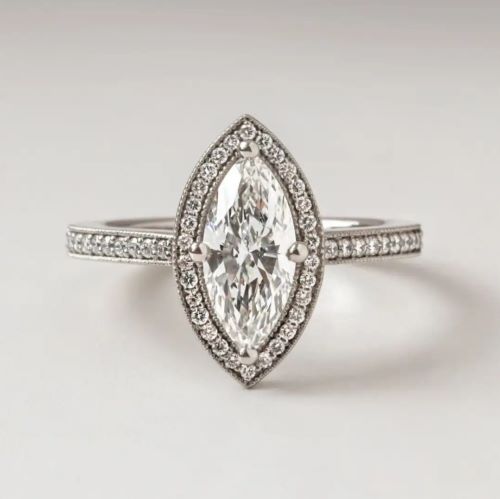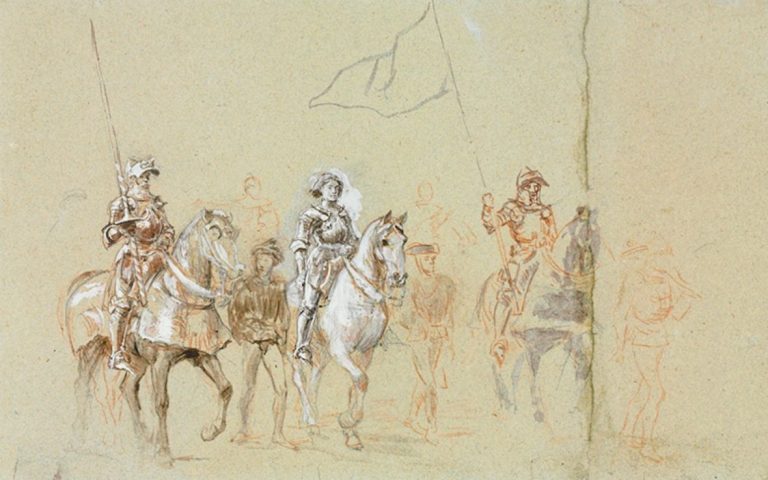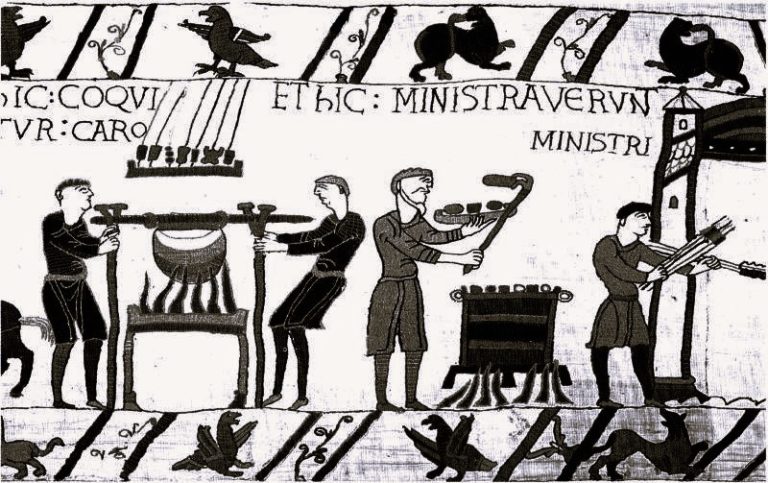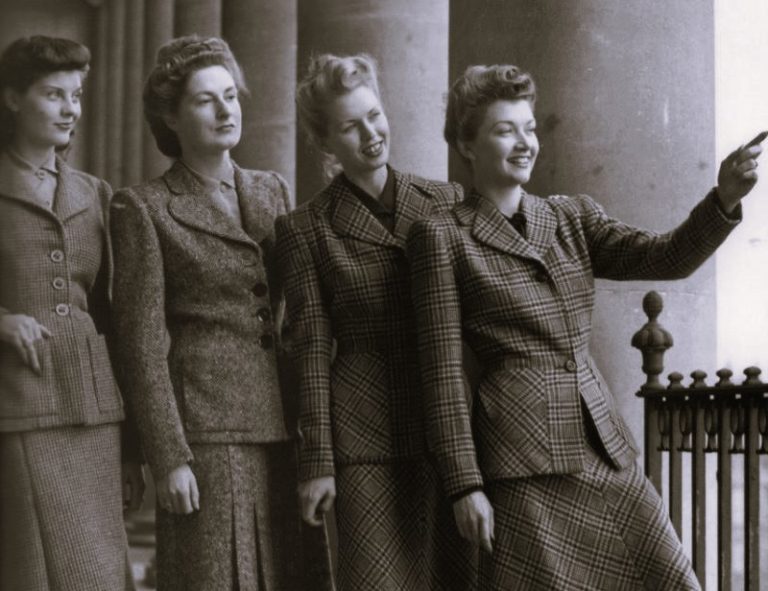

Throughout human history, jewelry has played a central role, serving not only as an embellishment, but also as a badge of power, wealth, love and legacy. Making their way out of royal courts and dynastic marriages, irrespective of time, very few have survived the passage of time to maintain the material existence and provide it an iconic stature, historically and culturally. This article discusses some of the most iconic items of jewelry in history and what story they have in them, who wore them and their everlasting contribution to both art and society.
The KohiNoor Diamond
Origin and Early History
Koh-i-Noor; a diamond known as a Mountain of Light in Persian, is one of the most ancient and disputable in the world. It is supposed to be mined thousands of years ago in India and it has changed its hands throughout different ruling dynasties such as the Mughals, the Persians, the Afghans, and the Sikhs.
The British Crown Jewels
The diamond was surrendered to Queen Victoria after the British annexation of Punjab in 1849. It was remodelled, and set into the Queen Mother’s Crown, and to-day is still included in the Crown Jewels of Britain, which are kept in the Tower of London. It always finds itself in political discussions and repatriation demands.
The Hope Diamond
A Gem with a Mysterious Past
The blue diamond is 45.52 carats and is known to have infamous cursed roots. It is a fragment of something larger originally mined at the Kollur Mine in India and bought in the 17th century by French gem dealer Jean-Baptiste Tavernier.
The French Blue to Hope Diamond
It got cut and sold to King Louis XIV, who added it to the French Crown Jewels and called it the “French Blue.” It vanished in the French Revolution and reappeared in the early 19th century, in London. Hope’s family eventually bought it and it is currently located in the Smithsonian Institution.
Cleopatra’s Emeralds
Ancient Egyptian Luxury
Cleopatra loved precious stones especially emeralds, although no jewelry she wore was preserved, ancient Roman and Greek historians talked about her passion when referring to emeralds and other prized jewels. One of the first civilizations that traded in gems and mined gems was Egypt.
Historical Influence
Cleopatra’s association with expensive jewelry turned into mythic and still reflects art and fashion practices of ancient nobility.
Empress Eugenie’s Bow Brooch
A Napoleon Commissioned Masterpiece
The House of Francois Kramer developed this diamond bow brooch: It was commissioned by Napoleon III as a present to his wife Empress Eugenie. It was made of thousands of diamonds and is Second Empire luxury.
Legacy
The brooch has moved through the hands of some collectors after her death and has now ended up in the realm of the display where it tells about the grandeur of imperial France in the 19th century.
The Romanov Fabergé Eggs
Symbol of Tsarist Russia
The Imperial Faberge eggs were given yearly as extravagant Easter presents to their wives and mothers whereby the ministry was commissioned by Tsar Alexander III and Nicholas II. Peter Carl Faberg gave life to these magnificent eggs decorating them with rare gems and clever mechanisms.
The Fall of an Empire
Following the Russian Revolution, a lot of eggs were either lost or scattered around the world. They are one of the most collectable jewelry pieces all over the world, as they are rare and linked with the disillusioned Romanov dynasty.
Queen Victoria’s Engagement Ring
Emotion and Meaning
Prince Albert gave Queen Victoria a serpent-shaped engagement ring with an emerald top. Serpents signified endless love according to the Victorian symbolism. Such a decision mirrored the ways of antiquity Rome and the monarch’s practices.
Impact on Jewelry Trends
The impact of Victoria on fashion and jewelry was huge. The fashion on colored gemstones and sentimental motifs influenced the jewelry market throughout several decades.
The Rise of Vintage and Historic Styles
What changed throughout the centuries is styles and tastes, yet the beauty of historical jewelry never faded. Today, numerous designers and collectors appeal to the past in search of the authenticity and classic sophistication.
Antique-Style Engagement Rings that borrowed their inspiration in Victorian, Edwardian, and Art Deco periods, have also been very popular over the past years. Their individual workmanship, filigree designs and heritage themes emulate how highly they value the history of jewelry. In the form of heirlooms or recreations versions, these pieces are a solution to the history with contemporary romance.
The Duchess of Windsor’s Panther Bracelet
Created by Cartier
The Duchess of Windsor Wallis Simpson commissioned this panther bracelet, which is diamond and onyx-set. It was a radical structure then as it represented the Art Deco movement.
A Testament to Style
The jewelry collection of the Duchess was one of the most important sets belonging to the 20th century and auctioned in 1987, attracting international interest as being rare and with an interesting provenance.
Conclusion: The Enduring Power of Jewelry
The most recognizable pieces of jewelry in the world have become not only beautiful objects which set a fashion but are like historical documents, a cultural artifact, or a personal souvenir. These jewels were worn by kings and queens in the halls of Versailles to royal courts of India and Russia and have been the spectators of coronations, revolutions and love stories that made history. We also see and worship these treasures and take care of them and they are eternal symbols of human art and desire.


